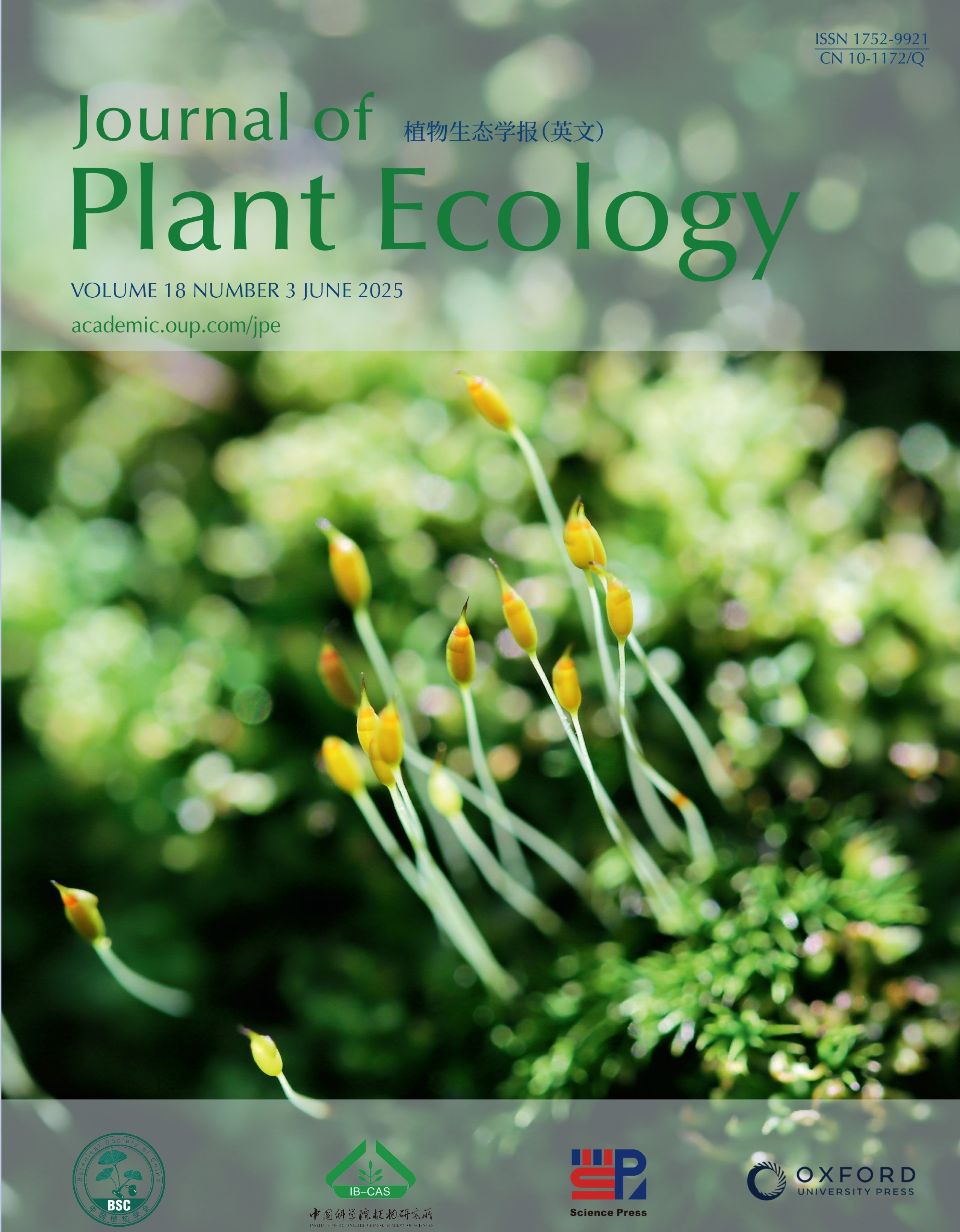Current Issue
-
 Volume 18 Issue 3
Volume 18 Issue 3
Dicranella heteromalla and their spore capsules in the morning light. Mosses are excellent bioindicators for atmospheric nitrogen deposition due to their unique physiological structure and wide distribution. Based on the nitrogen contents and isotopic signatures of mosses collected at Mengshan, Shandong Province, this study established a bottom-up method to calculate the levels and source contributions of local atmospheric nitrogen deposition in the past decade. This study reveal that it is urgent to control volatilization-related ammonia and fossil-fuel nitrogen oxides emission sources, which are major contributors to atmospheric nitrogen deposition in Mengshan area. Photo taken by Zhao-Jie Ren, see Wang et al. in this issue.
IF: 3.9
CiteScore: 5.7
CiteScore: 5.7
Editors-in-Chief
Yuanhe Yang
Bernhard Schmid
Yuanhe Yang
Bernhard Schmid
CN 10-1172/Q
ISSN 1752-9921(print)
ISSN 1752-993X(online)
ISSN 1752-9921(print)
ISSN 1752-993X(online)







